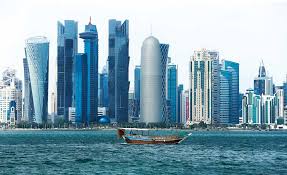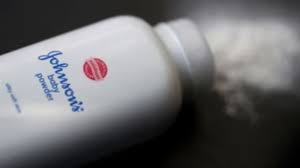To get around issues with local supply, Nigeria’s Dangote refinery is in negotiations with Libya to get crude for the 650,000 barrels per day (bpd) plant.
A senior official stated that the refinery will also look for Angolan oil.
The $20 billion refinery, the largest in Africa, was constructed on the outskirts of Lagos by Africa’s richest man, Aliko Dangote.
Its purpose is to eliminate Nigeria’s reliance on imported fuels due to inadequate refining capacity.
Laptops 1000Despite being the largest oil producer in Africa, Nigeria is facing several challenges, including theft, pipeline vandalism, and insufficient investment.
Since Dangote started operations in January, the country has not been able to secure a sufficient supply of crude oil.
Dangote has had to buy petroleum from the US and Brazil, among other places.
According to Devakumar Edwin, a senior executive at Dangote refinery,
“We are talking to Libya about importing crude,” he told reporters late on Saturday.
“We will talk to Angola as well and some other countries in Africa.”
He added that foreign traders and oil corporations were among the largest purchasers of Dangote’s gasoil, which was mostly being exported, but he would not elaborate on the specifics of the discussions.
The two largest traders, Trafigura and Vitol, along with BP and, to a lesser degree, TotalEnergies, are the major off-takers.
However, they’re all claiming to be taking it offshore, according to Edwin.
Dangote is displacing European refiners in the gasoil market by increasing exports to West Africa, according to traders and shipping statistics.
With employees in London and Lagos to assist with supply management and product sales, Edwin stated that Dangote’s oil trading division was operating.
Nigeria’s upstream authority has clashed with Dangote, claiming that the gas oil’s sulfur content exceeded the mandated 200 parts per million (ppm) thresholds.
That claim has been refuted by Aliko Dangote, who stated that although the level of sulfur was greater at the beginning of production, it had since dropped to 88 parts per million and was expected to reach 10 parts per million in early August as output increased.




















